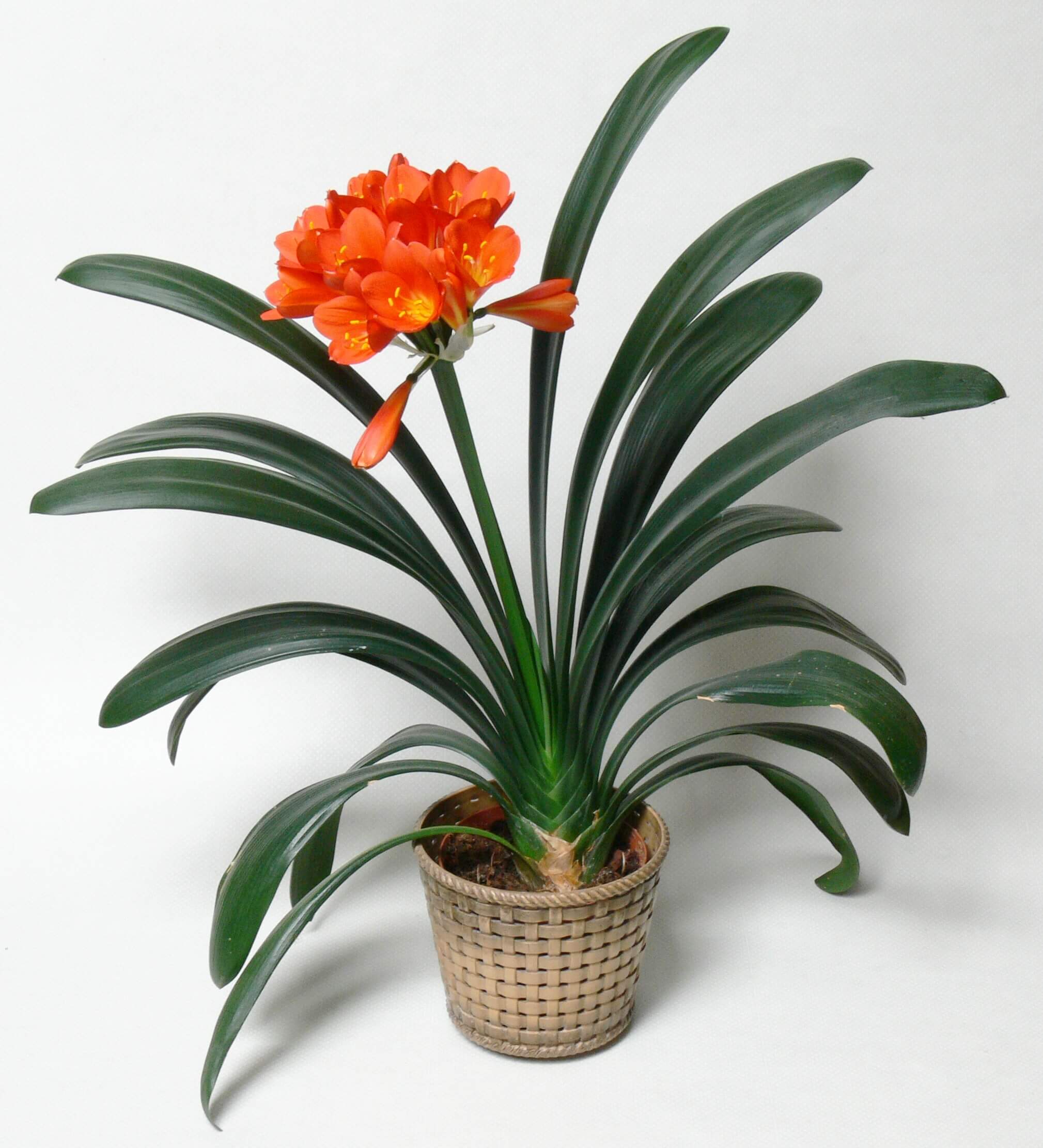:strip_icc()/BHG-How-to-Plant-and-Grow-Clivia-2067922489-2ff9fb16b3ed4e15a6ef33ec7fa59987.jpg)
Clivia Plant
Everything You Need to Know About Clivia Plants
Introduction to Clivia Plants
Clivia plants are a popular choice for indoor and outdoor gardening enthusiasts. These plants are native to South Africa and are part of the Amaryllidaceae family. Clivia plants are known for their attractive, dark green foliage and vibrant flowers that bloom in late winter or early spring.
Characteristics of Clivia Plants
Clivia plants are known for their long, strap-like leaves that can grow up to 18 inches in length. The leaves are glossy and dark green in color, adding a touch of elegance to any garden or indoor space. The flowers of the Clivia plant are trumpet-shaped and come in a range of colors, including orange, yellow, and red.
Light and Temperature Requirements
Clivia plants thrive in bright, indirect light. They should be placed near a window where they can receive plenty of natural light but are protected from direct sunlight. Clivia plants prefer temperatures between 60-80 degrees Fahrenheit and should be kept away from drafts or extreme temperature fluctuations.
Watering and Humidity Needs

Clivia plants prefer to be kept on the drier side, so it is important not to overwater them. Allow the top inch of soil to dry out between waterings, and be sure to drain any excess water from the saucer to prevent root rot. Clivia plants do well in average humidity levels but can benefit from occasional misting during dry periods.
Soil and Feeding Requirements
Clivia plants prefer a well-draining, rich potting mix. A mix of peat moss, perlite, and compost works well for these plants. Fertilize Clivia plants once a month during the growing season with a balanced, water-soluble fertilizer diluted to half strength.
Propagation Methods
Clivia plants can be propagated by division or by seed. To divide a Clivia plant, carefully separate the offsets or suckers from the main plant and replant them in their own pots. To grow Clivia plants from seed, remove the seeds from the fruit and plant them in a seed-starting mix. Keep the soil consistently moist until the seeds germinate.
Common Pests and Diseases

Clivia plants are relatively pest and disease-resistant, but they can still be susceptible to mealybugs, spider mites, and aphids. Keep an eye out for any signs of infestation, such as yellowing leaves or sticky residue on the plant. Treat any pests with insecticidal soap or neem oil.
Benefits of Clivia Plants
In addition to their striking foliage and flowers, Clivia plants have air-purifying qualities that can help improve indoor air quality. These plants are also low-maintenance and easy to care for, making them a great choice for beginner gardeners or those with busy schedules.
Unique Varieties of Clivia Plants
There are several different varieties of Clivia plants available, each with its own unique characteristics. Some popular varieties include Clivia miniata, Clivia gardenii, and Clivia nobilis. Each variety has its own specific requirements for light, water, and temperature, so be sure to research the specific needs of the variety you choose.
How to Care for Clivia Plants
To care for Clivia plants, provide them with bright, indirect light, well-draining soil, and regular watering. Keep the plants away from drafts and extreme temperatures, and fertilize them monthly during the growing season. Keep an eye out for any signs of pests or disease and treat them promptly to keep your Clivia plants healthy and thriving.
Common Questions About Clivia Plants
1. Are Clivia plants toxic to pets?
Yes, Clivia plants are toxic to pets if ingested. Keep them out of reach of pets and children to prevent accidental poisoning.
2. How often should I repot my Clivia plant?
Clivia plants only need to be repotted every 2-3 years, or when they outgrow their current container. Use a pot that is slightly larger than the current one to allow for continued growth.
3. Can Clivia plants be grown outdoors?
Clivia plants can be grown outdoors in mild climates with temperatures above 50 degrees Fahrenheit. Protect them from direct sunlight and extreme temperatures to ensure their health and longevity.
In Conclusion
Clivia plants are a beautiful and easy-to-care-for addition to any indoor or outdoor garden. With their striking foliage and vibrant flowers, these plants are sure to add a touch of elegance to your space. By following the care tips outlined in this article, you can enjoy healthy and thriving Clivia plants for years to come.